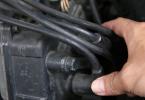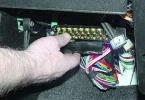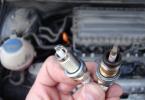What are the real signs of a camshaft sensor malfunction - this question is worried about many amateur motorists. It is no secret that modern cars every year are increasingly computerized.
The status of your auto is controlled by "smart" sensor devices, the signals from which are coming to the control computer during the movement of the machine. One of them is the position sensor distribution shaft (DPRV), the device is extremely necessary for stable control.
DPRV - Basic Functions
Features of the camshaft sensor malfunction may be different. The device itself, as already understandable from the name, monitors the stability of the engine function, the position of the cam shaft at certain points in time, the distribution of the fuel mixture entered into the cylinders. That is, over the work of the entire motor as a whole. And the information received to the computer is important and for ignition, and to start. Without this, the modern machine will not move and will not start.
Operating principle
DPRV has a pretty simple device. It is made of a magnet that is connected to the recognizing system. With the use of cloth closure on cam (distribution) shaft, the device transmits a signal-to-computer to a car. And the one, in turn, is constantly aware of the position of the piston. This allows accuracy to inject fuel, form an air-fuel mixture and light it at the required moment when the engine is started.
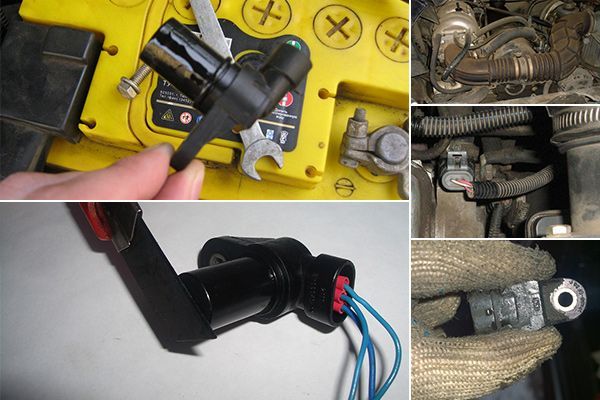
How to determine a malfunction?
Well, when the on-board computer and the electronic system "think" for you and fulfill everything in time. But it happens that the devices for some reason begin to flure. It is clear that the electronic device visually "calculate" is quite difficult. But the fact that the sensor came out (or begins to go out) can be determined independently for some features.
One of them - sudden excess of fuel consumption. That is, you are already accustomed to that your car consumes a hundred kilometers at certain modes (urban or on the highway) a certain amount of fuel. And if the flow rate is unexpectedly, nor with this, it exceeds the norm, then.
Another feature is more or less regularly exceeding engine operating temperature. It is also necessary to be very careful with this, since this factor can lead to more complex malfunctions of the engine part.
Your onboard electronic systems can also report faults. Usually the indicator lights up on the instrument panel, which is noticing the driver of the car. Here the main thing is not to skip the signal and react to it on time. And the option is possible when the indicator itself closes and fails, and then the misfortune messages cannot enter the panel where devices are located.
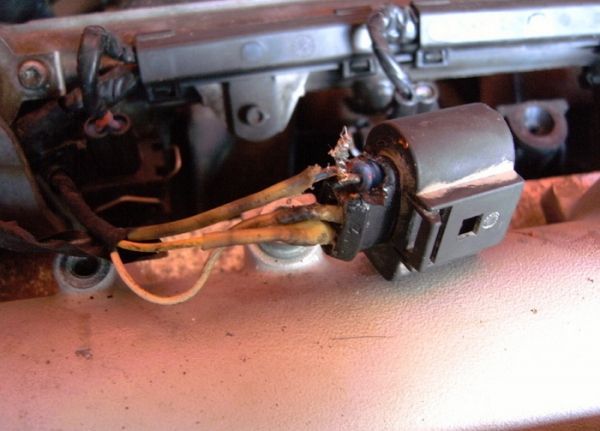
How to check the sensor yourself?
Of course, to make the most efficient repair or replacement of DPRV, you need to use the services of a specialist for a hundred. Appropriate regulators can be done oscilloscope. But sometimes it happens that it is not possible to use the services of the service at the moment. Possessing an ordinary voltmeter and specific skills, you can check the device or replace it.
Of course, the filigree accuracy of checking in "home conditions" is quite difficult to achieve, but something real is quite possible.
Checking the presence of current over the entire electrical circuit of the car, in the wires leading directly to the sensor. To do this, we include ignition by closed the circuit, after removing the wire with DPRV. If there is no voltage in the wires, then the reason for them (perhaps the contact somewhere).
If you see the fault of the camshaft sensor faults in the presence of current in the circuit and wires leading to the device, then continue the check as follows: one of the voltmeter contacts is attached to the signal contact of the device, the other is closed on the power. And if the voltmeter does not show any changes when the starter is rotated, it means that the DPRV itself is "to blame", and it must be replaced (if there is a new one, it can also be made independently).
